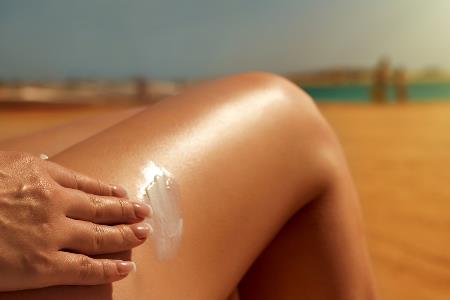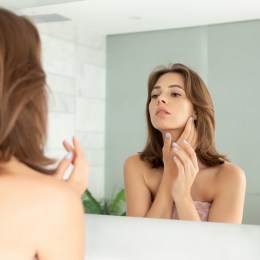With temperatures soaring across the country The Australasian College of Dermatologists (ACD) is encouraging everyone to be vigilant in the sun – that includes clients, staff and yourself acting summer skin smart.
Associate Professor, Chris Baker, President of the ACD, says that all Australians should be mindful.
“Although we need to be aware of protecting our skin throughout the year, summer is when we spend a lot of additional time outdoors, regardless of our age group, location, gender or ethnicity.
“Whether at a musical festival, in the garden, at a BBQ, at the beach, or enjoying our favourite sports, we are all susceptible to the risks. The everyday build-up of incidental sun damage and the accumulation of UV often take place without the obvious signs of sun burn.”
Skin cancer continues to be a serious national health concern. Approximately 2,0001 Australians die from skin cancer each year and we estimate that two out of every three will be diagnosed with skin cancer in their lifetime. Skin cancer includes conditions, such as Melanoma, Basal Cell Carcinoma (BCC) and Squamous Cell Carcinoma (SCC).
“Although many Australians don’t actively seek a tan anymore, sun exposure still leaves us susceptible to skin cancer. This can be very damaging as it all adds up over time.
“When we’re busy in our daily lives – getting in and out of the car, going to the shops, picking the kids up from school, gardening in the backyard, kicking the ‘footy’, socialising with friends at a BBQ or at lunch – we are exposed.”
“What we’re seeing is that the skin ‘remembers’ past sun exposure. Being outdoors unprotected – all the sunburns and tans add up over a lifetime and increases the risk of skin cancer. A tan is a sign of skin damage, even if you don’t burn.
“However, the positive news is, by following a few very simple tips, we can not only reduce our risk of developing the disease, we can also lessen its impact, by knowing how to spot a skin cancer in its early stages,” says A/Prof Baker.
 Do you know your ABCDE’s of Melanomas?
Do you know your ABCDE’s of Melanomas?
Asymmetrical: a mark that is not the same either side of a line drawn through it.
Border: a mark with an irregular or uneven border.
Colour: a mark with multiple colours – shades of brown, red, pink or black can be suspicious.
Diameter: a mark that is more than 6mm in diameter.
Evolving: watch out for a new or changing spot.
Other important signs of skin cancer:
- Lumps that grow on the skin;
- Persistent red and scaly patches; and
- Sores and spots that bleed or won’t heal
Five steps to staying skin safe:
- Always check the UV level and wear sunscreen if it is above level 3.
- Avoid activity outside between 10am and 4pm or seek shade during these times.
- Wear loose clothing made of fabrics that block out UV radiation, such as close-woven cotton and linen.
- Use sunglasses and put on a wide brimmed hat to protect your scalp and face.
- Apply sunscreen 20 minutes before going outside, with an SPF of at least 30. Reapply sunscreen every 2-3 hours. Do not rely on a moisturiser with SPF alone as these are not applied in thick enough layers to provide the adequate protection.




